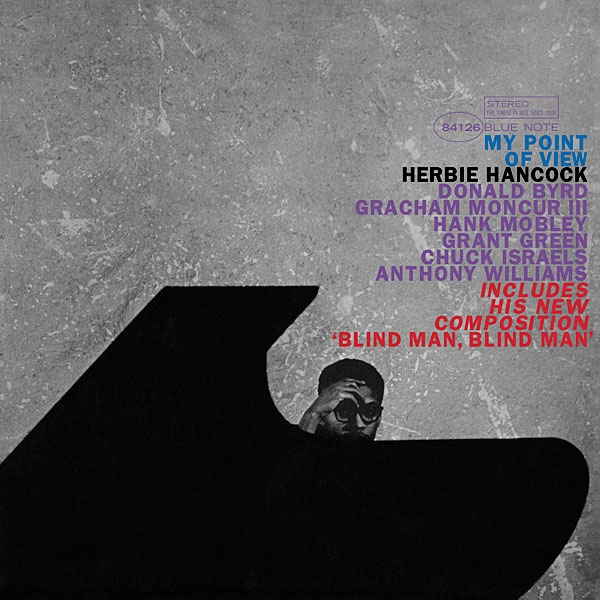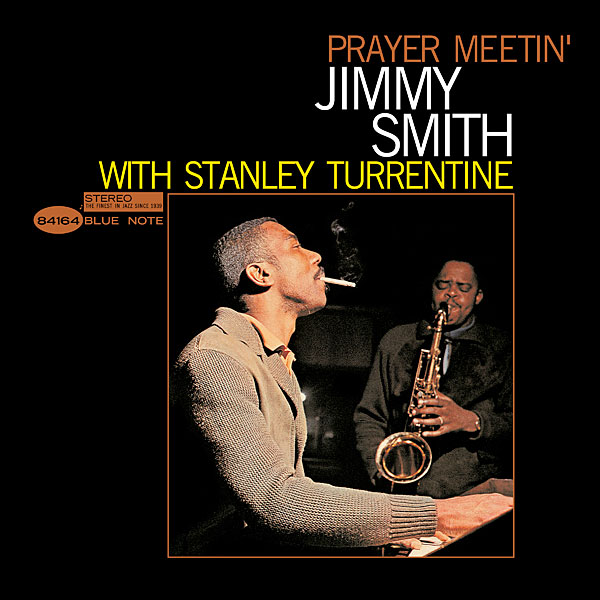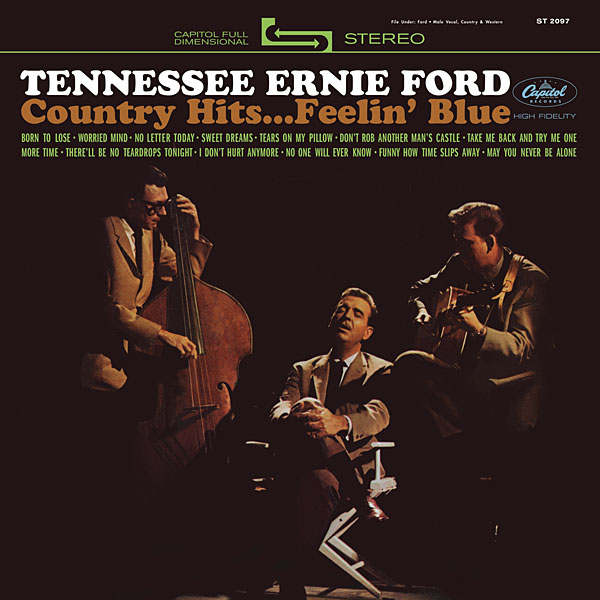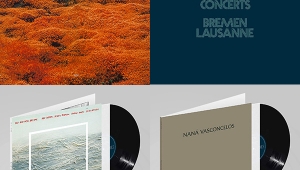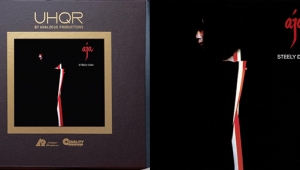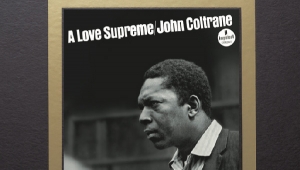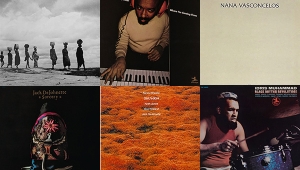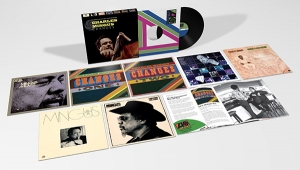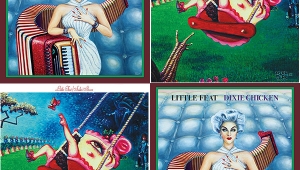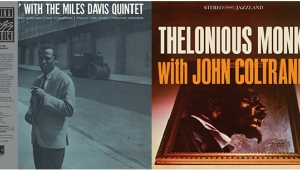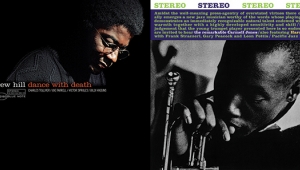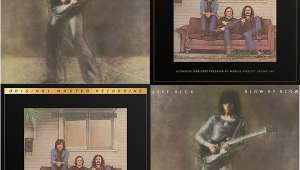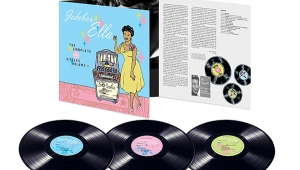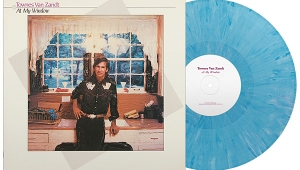| Columns Retired Columns & Blogs |
I would suggest that your observation is worth some further consideration and investigation, and might be worthy of an article, not limited to the sound of massed strings on vinyl, but perhaps rather how the use of that medium and playback schema might affect resulting sound relative to the sound of playback of the master tape or digital data file that was utilized at the front of the process that results in a pressed vinyl LP.
I am not suggesting any comparisons of separately engineered masters and remasters, as one could expect those to sound different, and that seems to be a common fault of too many overly superficial comparisons of digital and analog sources.
Vinyl playback imposes a change. Consider for just one example that the stylus running in the groove will add structure borne sound within the medium that will be reshaped by that propagation through the medium with some eventually reflected back to the stylus, with the sum exiting the RIAA filtered phono preamp being different from the sound produced by the master tape. That change imposed by the playback schema may enhance some recordings in the perception of some listeners, may degrade same in other recordings. It merits a deeper dive.
Your position as Editor of Stereophile might afford you the access needed to make such comparisons, and your background in science might enable worthwhile comparisons.
...just a suggestion for some future magazine content.
